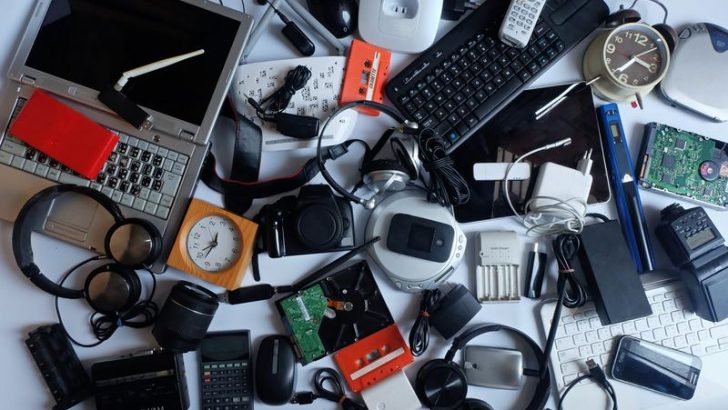When it comes to decluttering, donating has always been seen as a noble gesture. The thought of passing on your unwanted items for someone else to cherish feels rewarding. However, not everything that you consider donating is actually worth the trouble. Many items, due to their condition or outdated nature, might not be beneficial to anyone and could end up as more of a burden.
In this blog post, we aim to shed light on 14 common items people often think are worth donating, but which actually should be disposed of. This guide will help you make more informed decisions and ensure that your contributions are genuinely valuable.
1. Old Mattresses
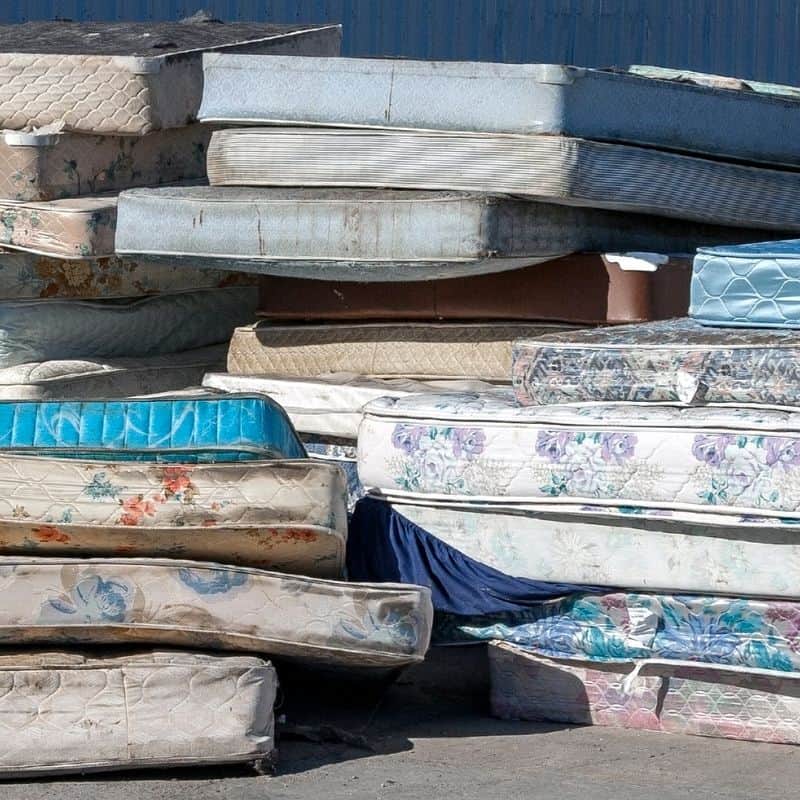
Mattresses are one of those items many think can be donated, but most charities won’t accept them. Hygiene is a huge concern since worn-out mattresses may harbor dust mites, bed bugs, and allergens. Even if it appears clean, the structural integrity might be compromised, offering little support. In the end, it’s often more responsible to dispose of them through a recycling program specifically designed for mattresses. Always check local guidelines as some areas offer specialized pickup services. You wouldn’t want to pass on a poor night’s sleep to someone else, would you?
2. Used Undergarments
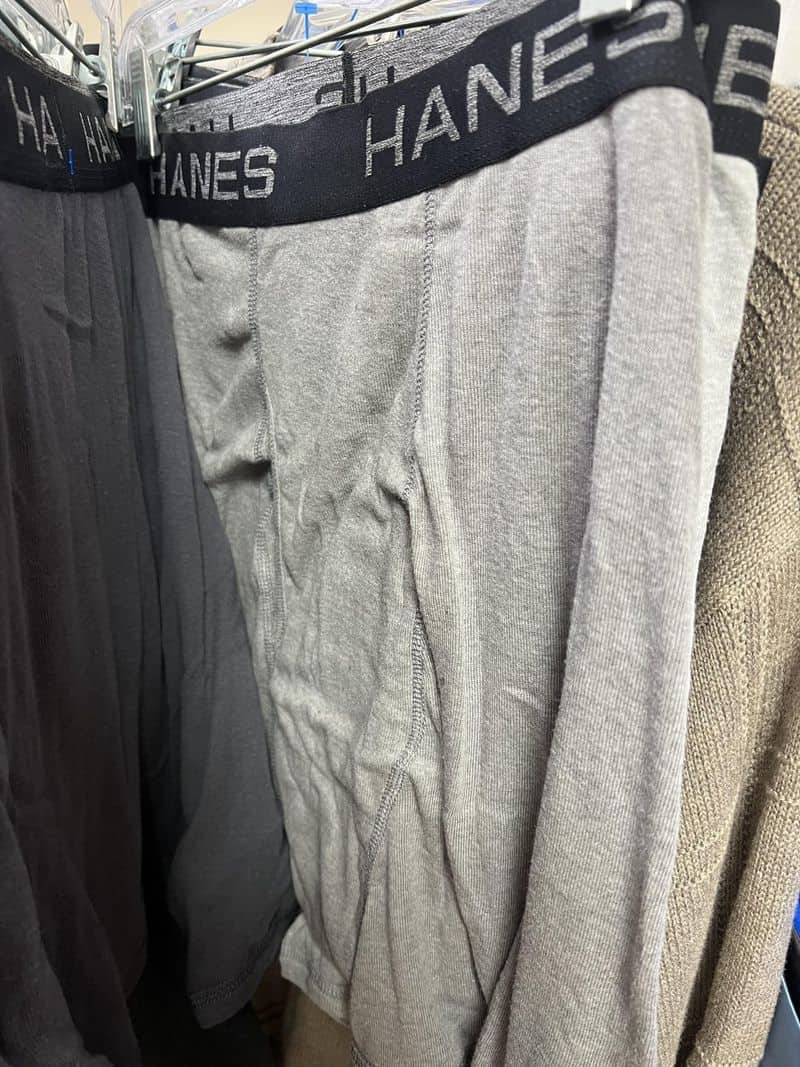
While donating clothes is great, used undergarments should not be passed on. Intimate wear is personal, and hygiene is a primary concern. Most organizations do not accept them due to these issues. Even if washed, they can carry germs or wear out quickly. Instead, consider repurposing them as cleaning rags or disposing of them responsibly. Keeping an eco-friendly disposal in mind, there are textile recycling programs that accept these items. Remember, no one wants to wear someone else’s old undergarments.
3. Old Pillows

Pillows lose their shape and support over time, making them unsuitable for donation. They can harbor allergens and dust mites, potentially causing health issues. Even if your pillow looks fine externally, its internal filling might be breaking down. Instead of donating, consider recycling the filling or using it in craft projects. Check if your local animal shelter accepts them as bedding for pets. In most cases, it’s best to dispose of them responsibly, ensuring they don’t end up in a landfill.
4. Outdated Electronics
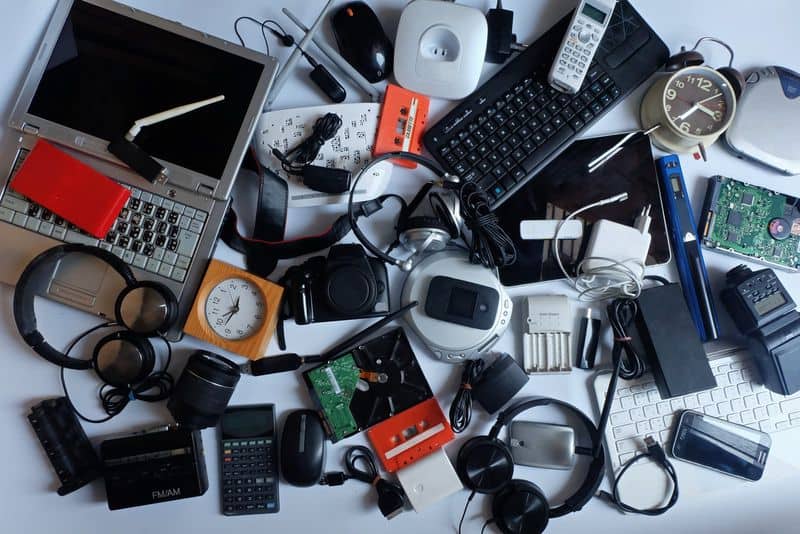
Old electronics, especially those that no longer work, are not ideal for donation. Technology advances rapidly, making older devices obsolete. They can be hard to repair, and parts might be scarce. It’s better to recycle them through a certified electronics recycling program. This ensures hazardous materials like lead and mercury are handled properly, preventing environmental damage. Some manufacturers and tech stores offer trade-in programs or discounts for recycling old electronics. Always consider this option over donating outdated tech.
5. Worn-Out Shoes
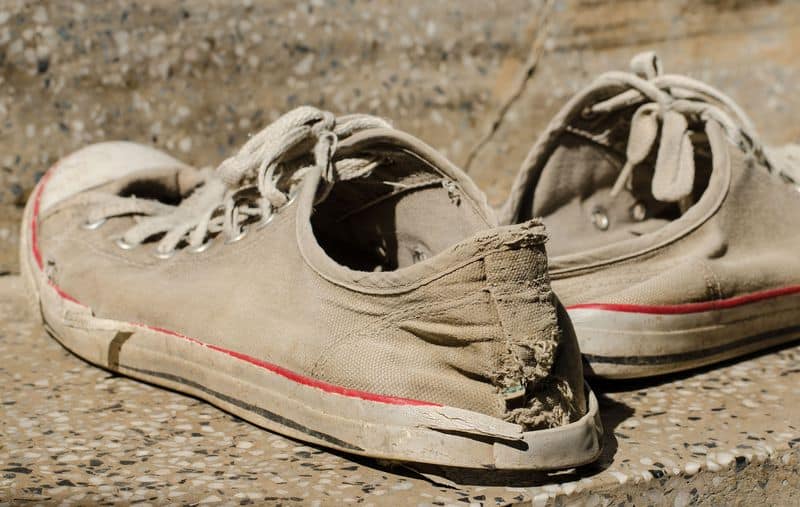
Shoes that are past their prime often provide no support or comfort, making them unsuitable for donation. Donated shoes should ideally be in good condition, with no holes or excessive wear. Instead of donating, consider recycling old shoes; many brands offer programs to repurpose them. If they’re not usable, check local recycling options to ensure they are disposed of properly. Shoes may also be turned into art projects or garden shoe planters, giving them a new lease on life in creative ways.
6. Cracked Dishes

Cracked dishes are a safety hazard and generally not accepted by donation centers. They can easily break further, causing injury. Instead of donating, consider repurposing them in mosaics or art projects. If they’re beyond salvage, check for local recycling programs that accept ceramics. Remember, safety first—ensure damaged items are wrapped securely before disposal or recycling. Passing on broken items could lead to accidents and doesn’t serve the community well.
7. Old Magazines

Old magazines might seem like a good donation, but often they’re outdated and unwanted. Libraries and schools usually look for current publications. Instead of donating, consider recycling them or using them for crafts, like collages. Some community centers use them for art projects, so ask locally. Remember, while the content might be interesting, the physical condition and relevance of information are important. Donating outdated magazines rarely helps.
8. Stained Clothing
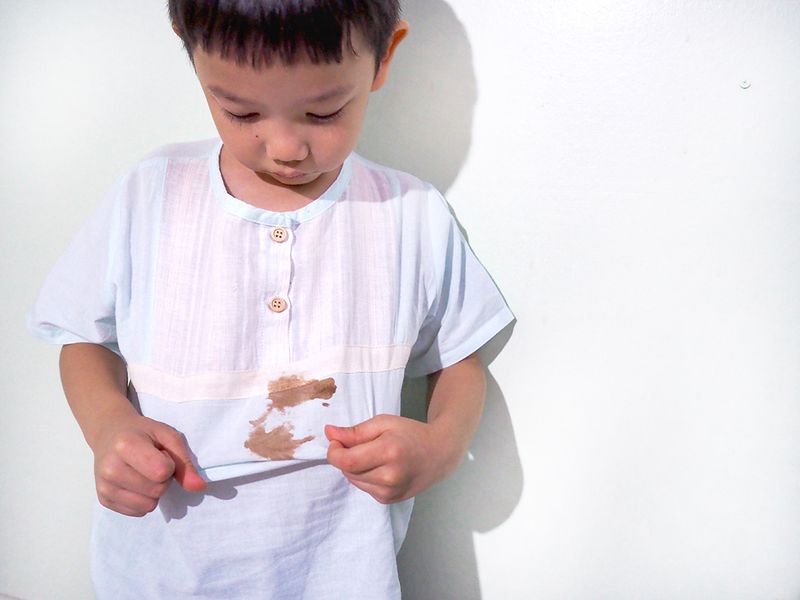
Clothes with stains or irreparable damage are not ideal for donation. Most organizations seek gently used items in good condition. Instead of donating, consider textile recycling programs. Many areas offer services to convert these into new products, like insulation or rags. Alternatively, use them for DIY projects or cleaning. This approach ensures a more responsible and ecological way to handle unusable clothing. Remember, passing on stained clothing can tarnish your good intentions.
9. Used Socks
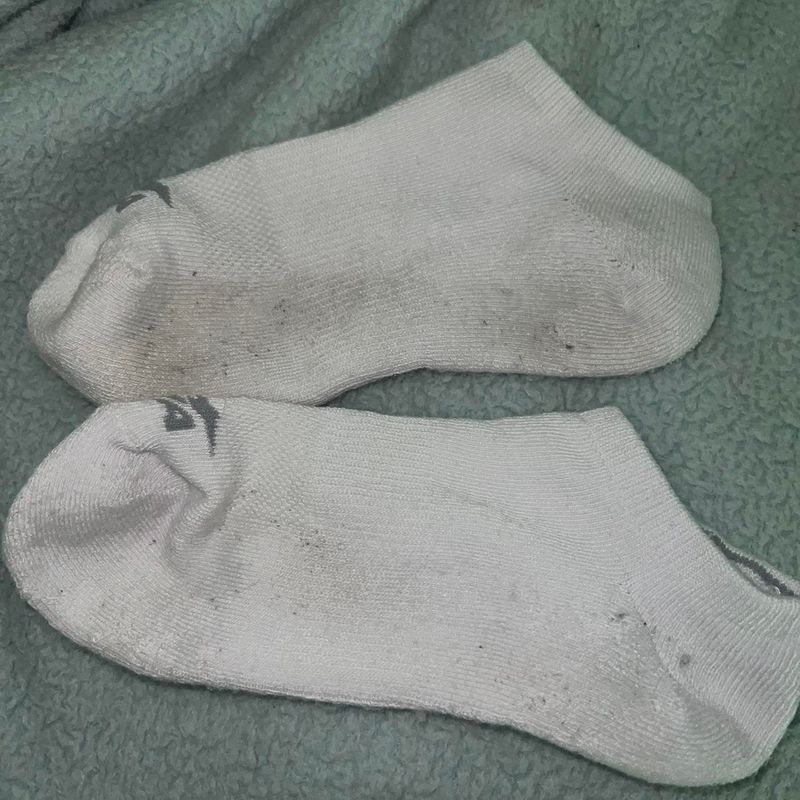
Used socks, especially if mismatched or worn out, are not suitable for donation. They often end up being discarded by charity shops. Instead, consider recycling them or using them for cleaning. Some creative ideas include turning them into puppets or stuffing for cushions. If they’re beyond use, check for local textile recycling programs. Remember, it’s better to dispose of unusable socks responsibly rather than donating things that simply become trash elsewhere.
10. Expired Medicines

Expired medicines should never be donated. They can be ineffective or even harmful. It is crucial to dispose of them properly to prevent misuse. Many pharmacies offer take-back programs for safe disposal. Never flush medicines down the toilet as this can contaminate water systems. Educating oneself on proper disposal methods is essential. Remember, ensuring medicines are disposed of correctly is a responsibility everyone should uphold.
11. Tattered Books

Books that are falling apart are rarely accepted by donation centers. Missing pages or covers make them incomplete and less usable. Instead of donating, consider recycling them or using them for craft projects like book sculptures. Libraries and schools often appreciate books in good condition. Always assess the physical state before deciding to donate. Remember, passing on a book should add value, not clutter.
12. Damaged Toys
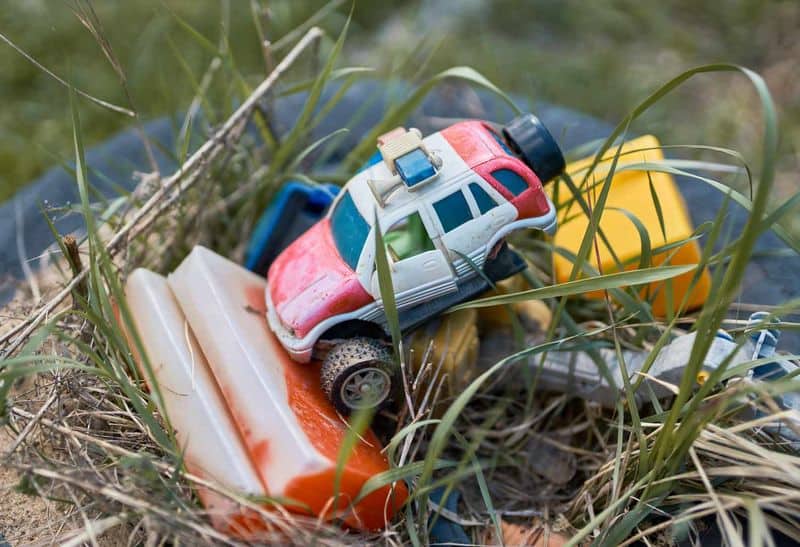
Toys that are damaged pose safety risks and often end up being discarded. Parts can be missing or broken, making them less enjoyable or even hazardous. Instead of donating, see if they can be repaired. Some parts might be useful for other projects or donations. If irreparable, recycle them if possible. Ensuring toys are in good condition is key to making a positive impact with your donations.
13. Old Carpets
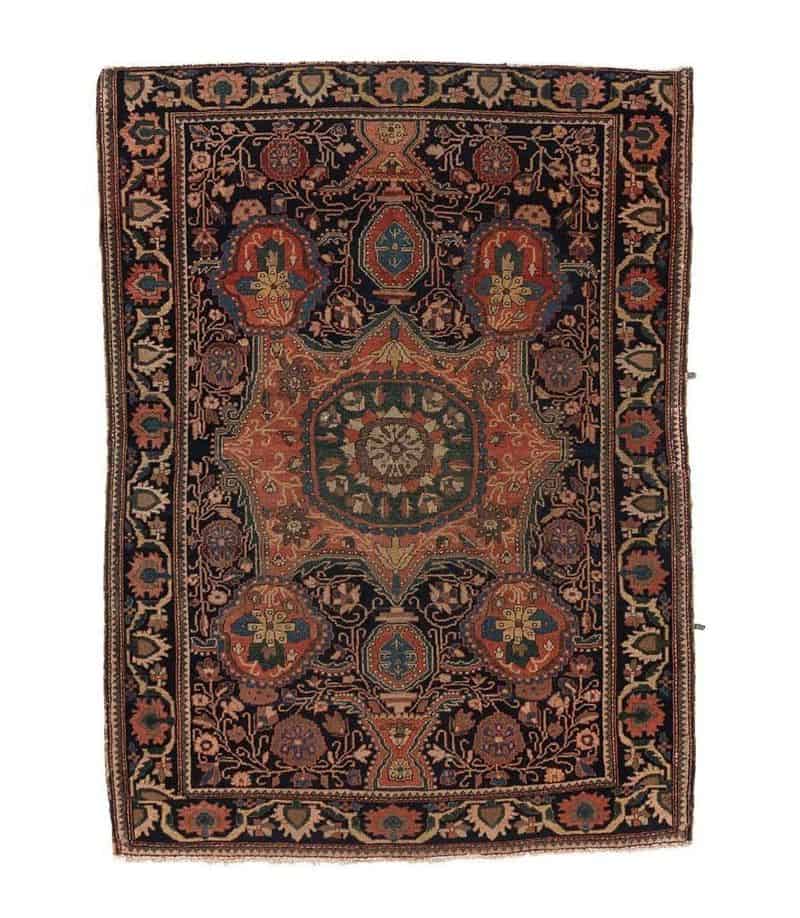
Old carpets usually have stains, odors, and wear that make them unsuitable for donation. They can harbor allergens and bacteria. Instead of donating, consider recycling or repurposing them as mats in garages or workshops. Some companies offer carpet recycling services. Ensuring the carpet is clean and in good condition is crucial if you decide to pass it along. Remember, donation should be about helping, not passing on issues.
14. Broken Furniture
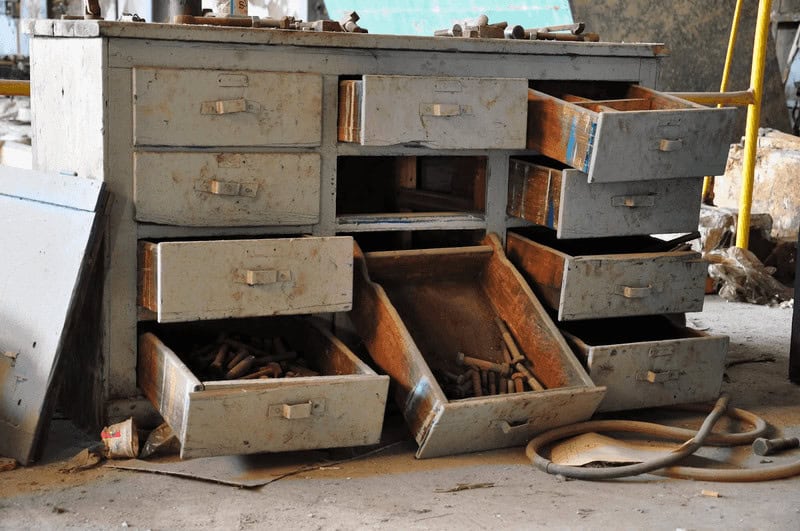
Broken furniture is often more trouble than it’s worth for donation centers. Repair costs can outweigh the benefits. Instead of donating, try to repair or recycle the materials. Some pieces might be useful for upcycling projects. If beyond repair, ensure it’s disposed of responsibly. Always consider if the furniture serves a purpose before donating. It’s better to recycle or dispose responsibly than donate unusable items.

Well, hello there!
My name is Jennifer. Besides being an orthodontist, I am a mother to 3 playful boys. In this motherhood journey, I can say I will never know everything. That’s why I always strive to read a lot, and that’s why I started writing about all the smithereens I came across so that you can have everything in one place! Enjoy and stay positive; you’ve got this!

